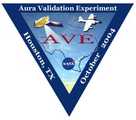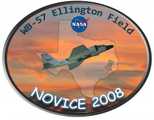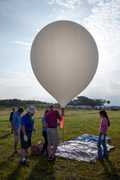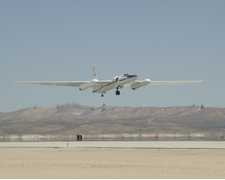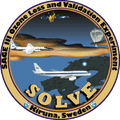Argus is a two-channel, tunable diode laser instrument developed at NASA Ames Research Center. It collects in situ measurements of atmospheric carbon monoxide (CO), nitrous oxide (N2O), and methane (CH4) using second harmonic spectroscopy. Argus operates in the mid-infrared range (3.3 and 4.7 micrometers) and has an accuracy of about 3% at data rates of 0.1 to 0.5 Hz. Its lightweight, compact design makes it ideal for small-payload platforms such as balloons and uncrewed aerial vehicles (UAVs).
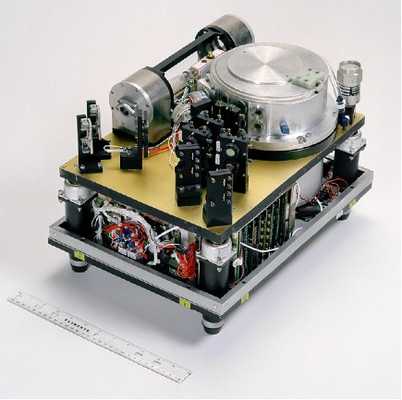

Instrument Details
- Spectrometer/Radiometer
- Earth Science > Atmosphere > Atmospheric Chemistry > Carbon And Hydrocarbon Compounds > Carbon MonoxideEarth Science > Atmosphere > Atmospheric Chemistry > Carbon And Hydrocarbon Compounds > MethaneEarth Science > Atmosphere > Atmospheric Chemistry > Nitrogen Compounds > Nitrous OxideEarth Science > Atmosphere > Atmospheric Chemistry > Trace Gases/trace SpeciesEarth Science > Atmosphere > Atmospheric Chemistry
- Lower Stratosphere, Troposphere
- 0.1-0.5 Hz
- N/A
- 91 THz, 64 THz
- https://doi.org/10.1016/S1386-1425(02)00048-3
Max Loewenstein
Max Loewenstein
NASA Ames Research Center
NASA
other NASA repository not formally considered a DAAC by ESDS
Filter data products from this instrument by specific campaigns, platforms, or formats.
CAMPAIGNS
PLATFORMS
FORMATS




